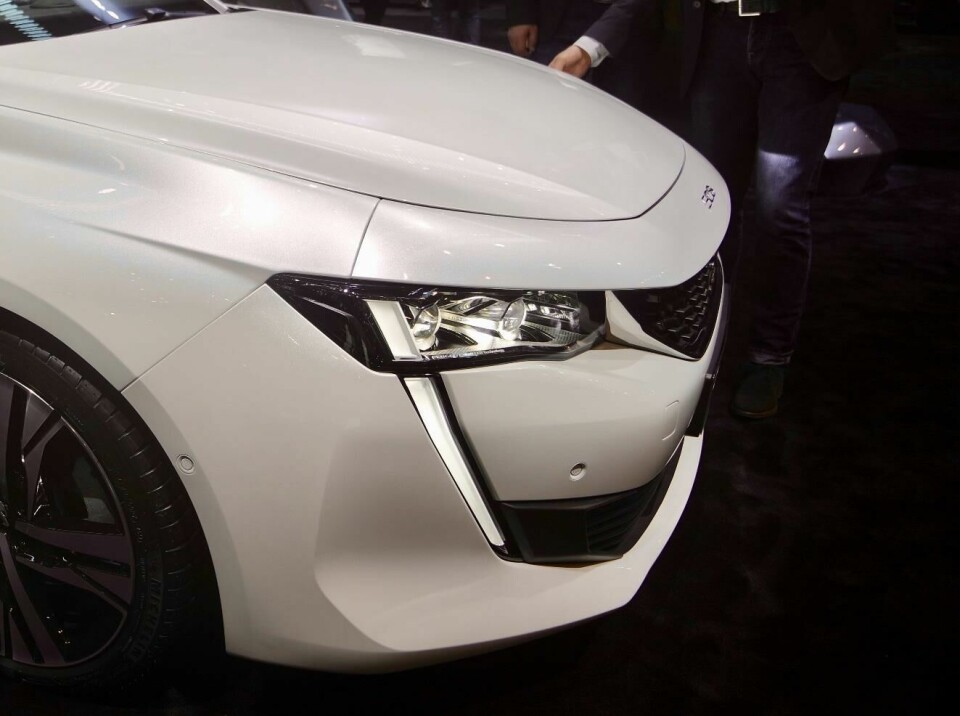
Geneva 2018: Trend Watch
Car Design News picks out the trends from the Geneva Motor Show 2018
Sharper snouts
On Peugeot’s stand, while admiring the new 508’s nose, we overheard someone ask incredulously: “How did they manage to get that through pedestrian impact?”
We can only assume they hadn’t seen the Ram on Dodge’s stand at that point…

It’s a question that cropped up again at Mercedes-Benz, where the dramatic AMG GT Four-Door and A-Class sport surprisingly similar nose profiles.
Toyota’s Auris, given a new lease of life with a more muscular redesign, also showed off a far more aggressive nose profile than previously.

Aside from the legislation, we might be starting to see the roots of a trend that looks towards more characterful and dramatic brand-identity, in the face of the generic autonomous pod.
Economy or first-class lounge?

Autonomous drive, future mobility and innovative packaging are usually the preserve of start-ups and the more agile OEMs, but with Aston Martin’s Lagonda Vision concept, one of the more traditional luxury brands explored electric architecture and a new interior package layout.
Given that it was apparently designed around the hard points of the interior, the exterior proportion was a striking statement of intent.

Luxury is often synonymous with generous space, thus it could be assumed that a ‘luxury’ interpretation of the driverless car would be an obvious idea.
But, oddly, it was the more mobility-minded concepts that were more accessible; Rinspeed’s highly functional and simple pod-on-platform approach, while lacking any obvious design-theme, at least focused on useable space.

Renault’s EZ-GO on the other hand, packed some deep thinking into its cab-central proportion and shared a convincing narrative about how we might navigate our future cities.
Simplicity in surfacing, complexity in the details

We noticed a continuation of this theme – bold and simple surfaces combined with intricate detailing.
Mazda’s ‘Vision’ concepts were possibly the flag bearers for this approach, but it’s catching on, with Mercedes (A-class and AMG GT Four-Door) and various others including Hyundai (Nexo) being prime production examples.

Some concepts are also using this theme; VW’s I.D. Vizzion, for example, featured an almost plain series of surfaces, with minimal calming surface transitions and a single, sharp light catcher.

The lighting graphics and the deeply-sculpted wheels were the real areas of interest, as is true of the car above.
Lexus’s LF-1 concept follows a similar approach of a softer, organic bodyside tucked in towards the sill, with the dynamic tension all focused around the lighting and grille.

Hyundai, with what some consider the concept of the show, the Le Fil Rouge, balanced the organic bodyside with a deep, sharp, undercut feature line that connects front mask to the rear hatch.
Again, it’s the wheels and exterior trim – the fade-to-nothing A-pillar for example, that adds the intricate jewellery to the design.



